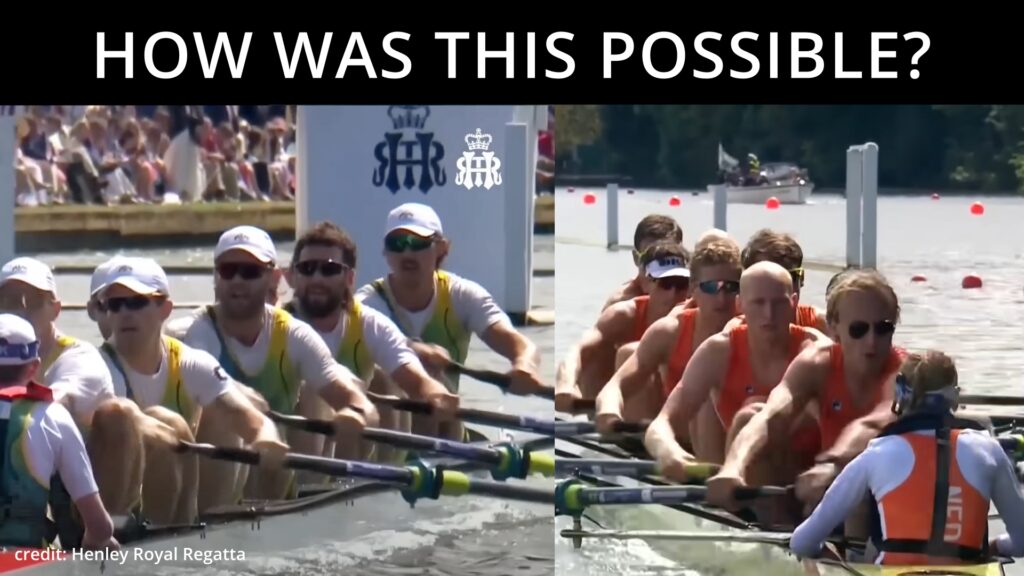
A Giant Beaten! 🇦🇺 Australia vs 🇳🇱 Netherlands – Henley Royal Regatta 2025 Men’s Eight Analysis
As promised, here are my notes as I charted them down during a night session.
Rowing Australia, AUS vs Hollandia R.C., NED – Grand | Henley 2025 -Finals
0:19 – comparing slip on the blade of both starboard sides. Much less slip on the blade across the team in the Australian boat.
0:20 – second stroke comes much faster with the Dutch than the Australians, which remind me of the famous New Zealand crew start pre Tokyo 2021. “Move the boat, not the blades”
More of a build up, adding length and stroke rate with the increase in boat speed.
The Dutch, as smooth as they are, appear to be brutalising the start in comparison to the Australians.
0:24 The visually more congruent teams is the Dutch boat. Although their start is not perfectly matching. Four seat is in the water too early.
0:25 The Dutch now are taking the catch with much more feeling than the Australians do. It is less raw power for the blade entry, and much more placement of the blades. This is a stark contrast to the first few start strokes.
0:44 I like the Dutch stroke mans glasses. Classy choice.
0:51 Technique details of the Dutch eight: Bow four is gorgeous to watch. Stable upper bodies, long shoulders, long arms, finding connection through the lats with the legs as main power source, not an upper body swing just to find connection. 5 seat good, but less clean compared to bow four.
6 seat is beautifully connected as well. 7 seat leaves speed on the table with the pulled-up inside shoulder. Probably still one of the fastest sweep rowers on the Dutch team, yet not using the inside lat to its full potential. Stroke is very effective during the drive, however, he does not seem as perfect as two seat. As great as they all look, the bow four and 6 seat are in a league of their own.
0:55 shows the unbelievable perfection of two seat compared to the others in the Dutch boat, at least on the start board side.
2:12 looking more closely at the Australians: Stroke seat’s shoulders are obvious. He is essentially erging the boat. This is, obviously not very effective as Alex is over-engaging pretty small muscles at a point of time where he would be better served with lats and deep core. However, I am 100% sure that he knows that, his coach knows that, and that he sits in stroke seat for a very good reason. He is so powerful that is able to set a very good rhythm, and he has got the experience and confidence to win at international level racing.
2:14 the difference in technique becomes appearant when you look at the smooth finish of 7 seat, who acts as a buffer for the rest of the crew. Look at the deep muscle control at the finish. ((Show on BIOROWER, how to do that)
2:18 look at six seat, how cleanly he delivers force around the oar lock, placing is strength and body weight always behind the perpendicularly moving oar handle. He is not erging the boat, he is rowing the boat.
2:25 the Australians have a force based rhythm, while the Dutch are rating higher. I do have the impression at that stage that the Australians were selecting on the erg, and thus are lacking the refinement in technique the Dutch have. On the other hand side, the Dutch are moving their bodies too quickly for the boat speed they are producing. This becomes appearant when we look back at the start sequence, where the Dutch, as refined as they are, seem much more rushed than the Australians seem to be. The latter are using the body weight much better from the start than the Dutch are, and thus, row more efficiently as a team. Yes, it looks less refined, however, the principle of using body weight also applies in the eight.
Technique tip for you at home– explain, why coaches and rowers are hesitent to use body weight in team boats, how the stable finish allows you to use it nevertheless, and what the critical point about the weight shift forward is.
2:34 look at the relentless aggression at the catch. It is right at the limit or slightly beyond of what makes sense. So, the Australians are paying dearly for the lead, however, they also have the physical resources to push through.
2:36 is the perfect shot to see, why the Australians simply move their boat better and quicker than the Dutch. As smooth as the Dutch are, they are not focusing on holding the blades locked in the water. If you compare this to the Aussies, and keep this thought in mind, what do you see? The Australians are building up tremendous pressure on the blades, but are patient enough then, do let the boat move. This is, in my opinion, the reason why their stroke rate is lower: They are letting the boat move past the blades, rather than trying to keep the stroke rate high as a self serving purpose. This is the perfect example, as to why the goal of having a “higher stroke rate” is simply ineffective compared to having a high boat speed, and using stroke rate as a natural response to increased boat speed.
If we go back to the start, this was my very first observation. It becomes obvious how the Dutch understand the stroke, namely as a game of quick handle speeds, and blades moving through the water quickly. With enough physical power, you can be extremely fast this way as well. However, you will be beaten when a team comes along that moves the boat the right way.
2:45 We do not have these nice follow along side shots of the Australian boat, unfortunately. However, this shot alone does amplify my impression that the Aussies are indeed focusing on upper body lean back and thus body mass use – more than the Dutch.
3:13 Look at the inconsistency of finish emphasis in the Dutch boat. Four seat seems to be emphasizing the finish much more than everyone else in the boat. Maybe, his visually different body motion is needed to generate a similar force curve as everyone else in the boat, or maybe this is just his style. If he does not do this do match the team’s overall force curve structure, it is a waste of energy and may disturb the boat flow a bit. This is very interesting as the Dutch mens eight is one of the worlds best rowing boats overall.
explain on BIOROWER why this creates a different force curve and why moving almost a ton of weight alone for a moment is not a good idea.
3:38 bautiful shot of the differences in moving the boat vs moving yourself – at the highest level possible.
4:15 There seems to be a call from five seat, looks like “go”. Interesting that they put the strategist in midship.
4:24 – another shot that explains my point about moving the blades through the water as oppose to moving the boat past the blades. The intention and the idea of how to row is what makes the difference. Naturally, you could say that the Dutch might have rowed with softer gearing. This is very well possible, I do not know. As experienced as they are, they definitely knew exactly what they were doing. I remember Lukas Babac, the legendary Slovakian light weight single sculler, who rowed with pretty much standard oar length and inboard settings of 288 / 88 and shafts of average stiffness and blades of average size, and often led the entire field going at a stroke rate of 30 to 31, while everyone else was doing at least 34 – 36 strokes a minute. It is the idea you have about how rowing works, and thus the force curve you generate.
You have to look at strain gauge meausred force curves, though, as algorhythm based ones will be inaccurate.
4:32 this is where the Dutch appearantly are starting to apply more force per stroke, and it changes the way they move the boat. There is almost a rhythm change visible.
5:00 Alex Hill’s physical capabilities at the hardest stage of the race are hugely impressive. Look at his attempt to pick up the rate through even more force input, trying to take the team along. I understand why they put him in stroke.
5:15 this is where the Dutch are gaining. Now, with the more force based + high stroke rate rhythm, they are their usual lightening fast and are catching up to the Australians. It seems as if the Dutch were saving energy yet going at a high stroke rate from the start, reving high yet saving the massive force input for the final 500m.
5:19 onwards: epic drone shot, catching the excitement, struggle, pain and relentless pushing of both crews, especially of the Aussies, though, to stay ahead, so close to the finish line.
Get your personal training plan: https://www.aramtraining.com
Recommend0 recommendationsPublished in Rowing Racing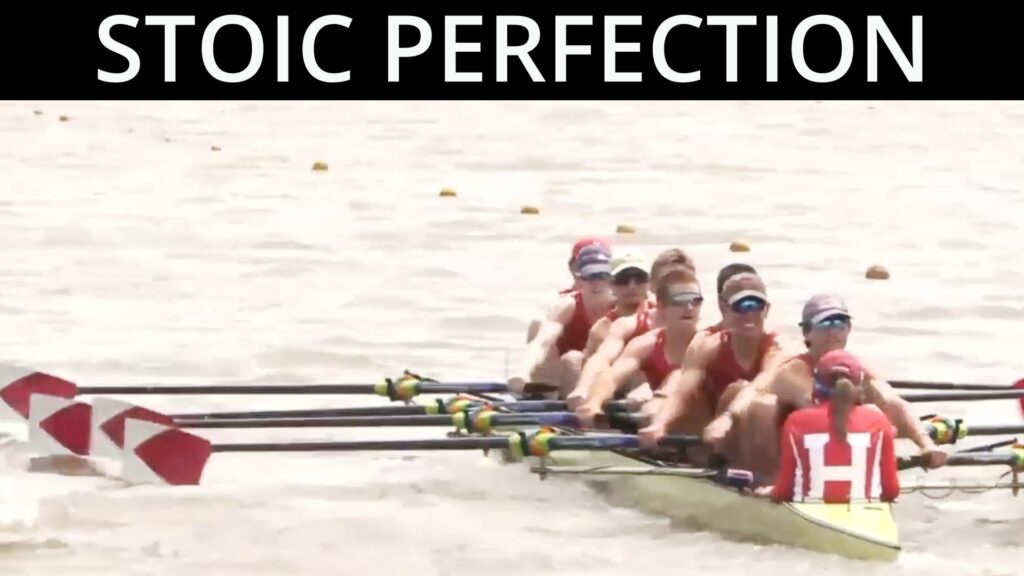
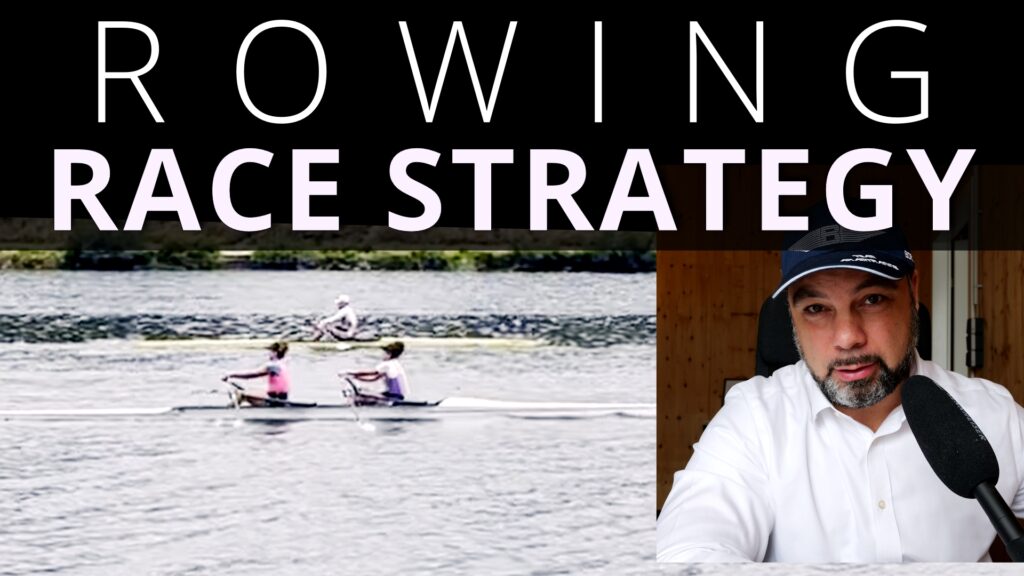
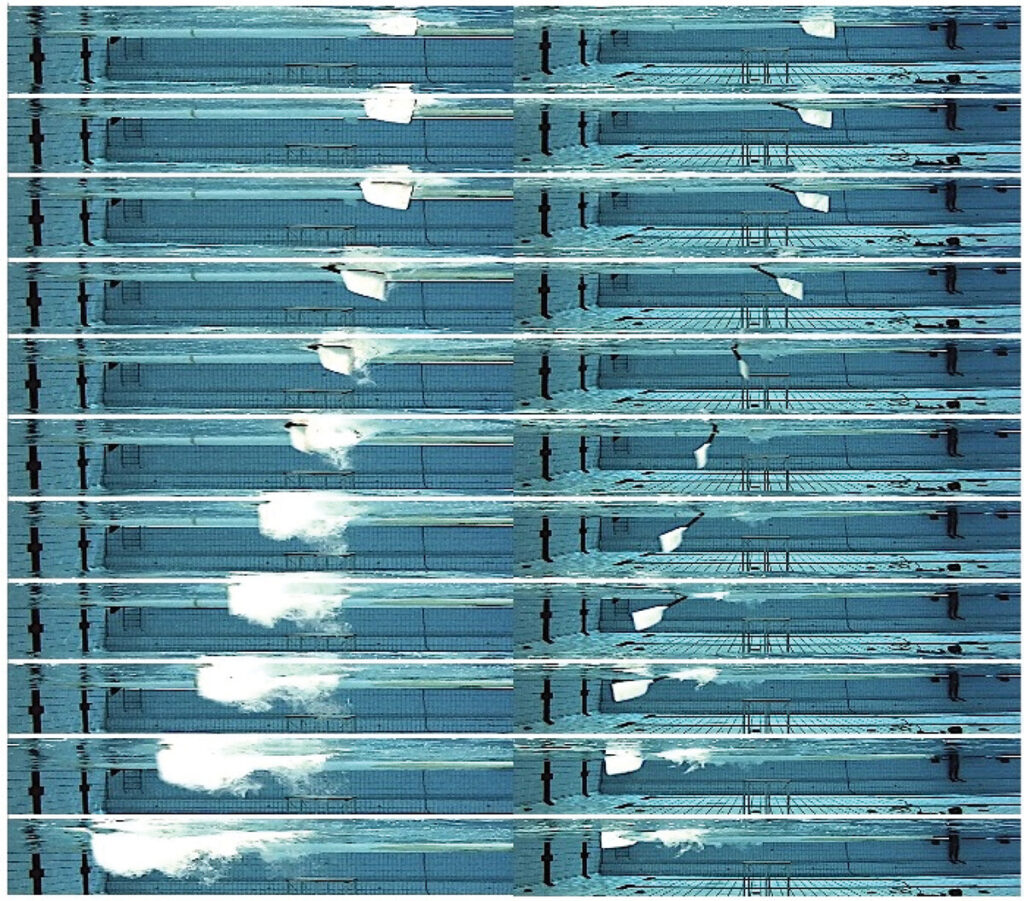
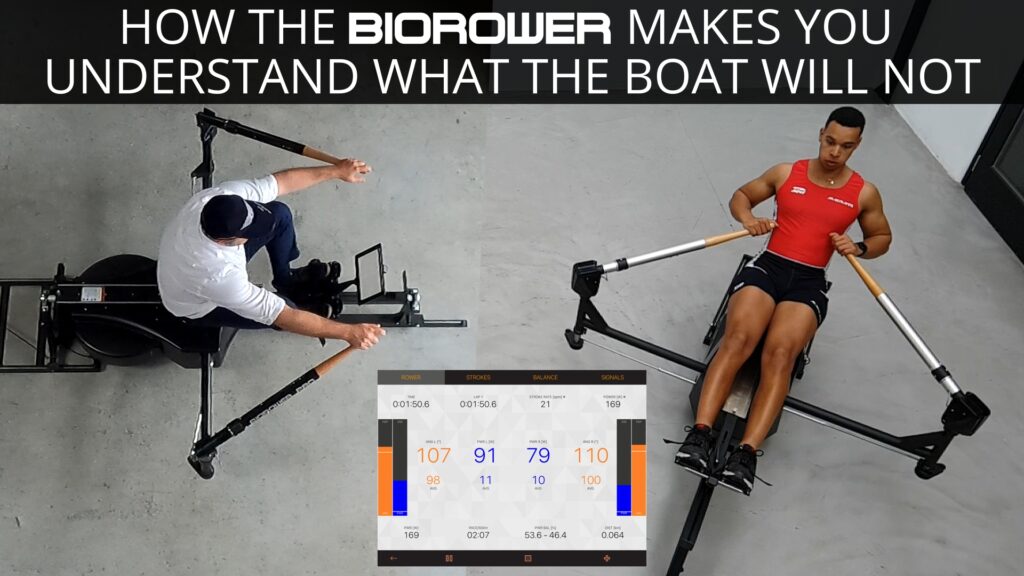
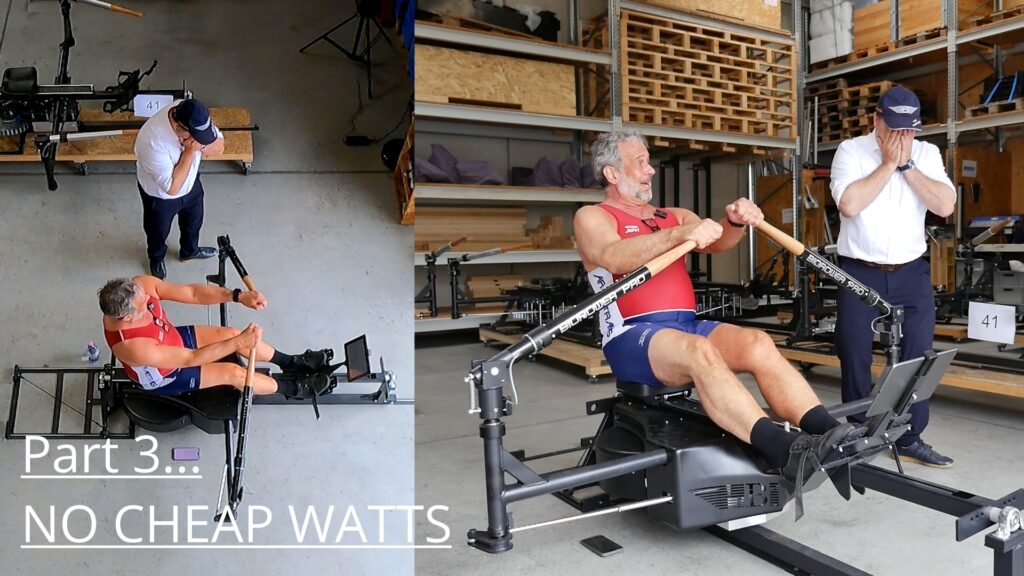
Responses